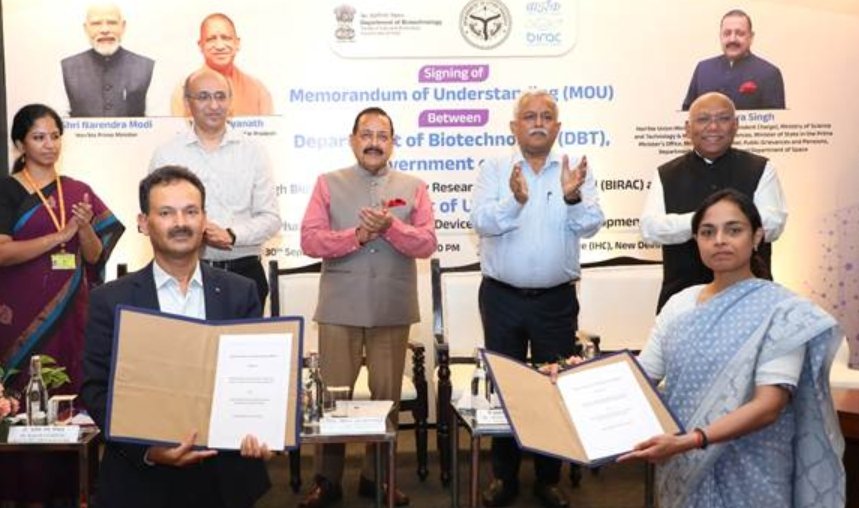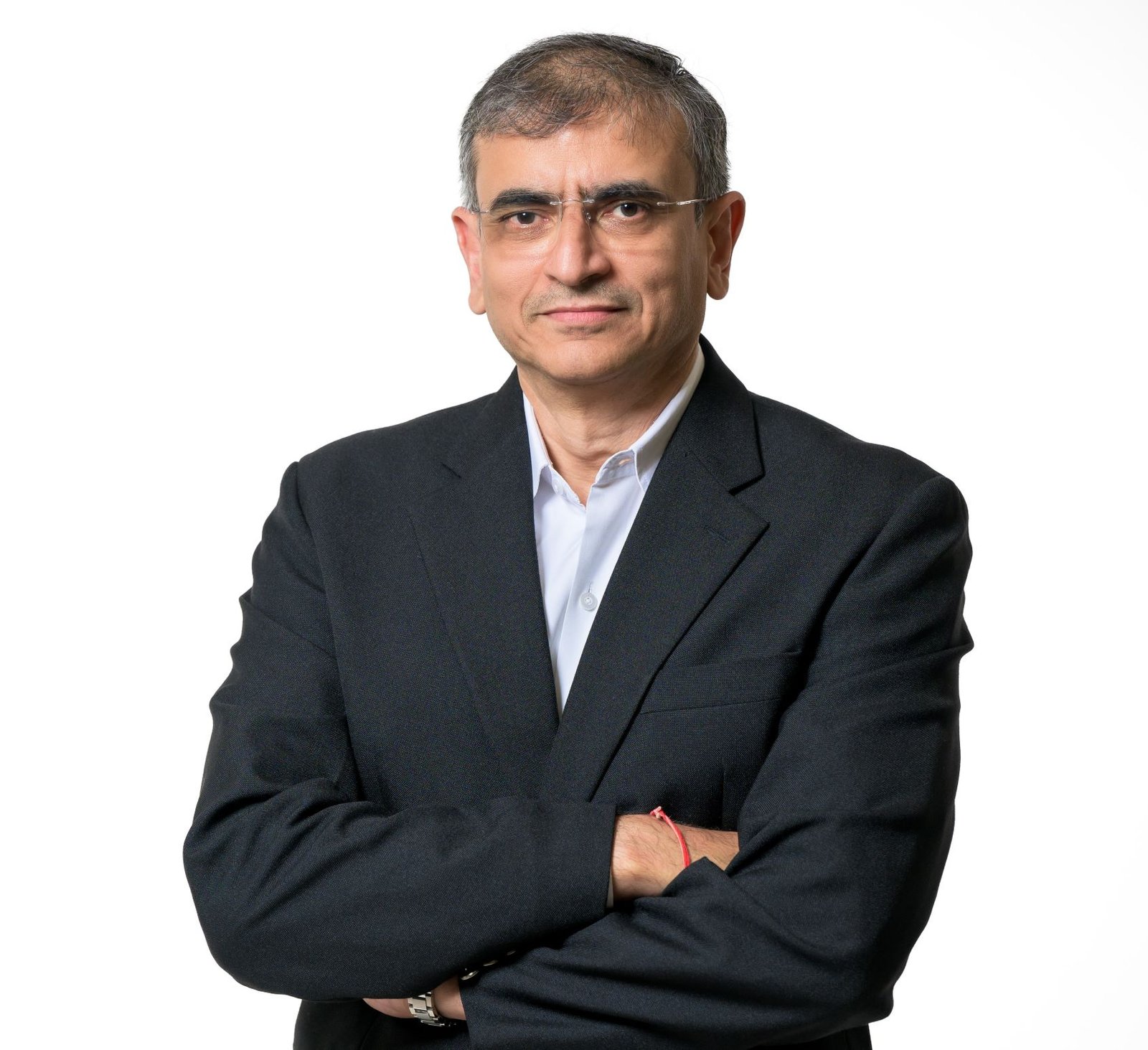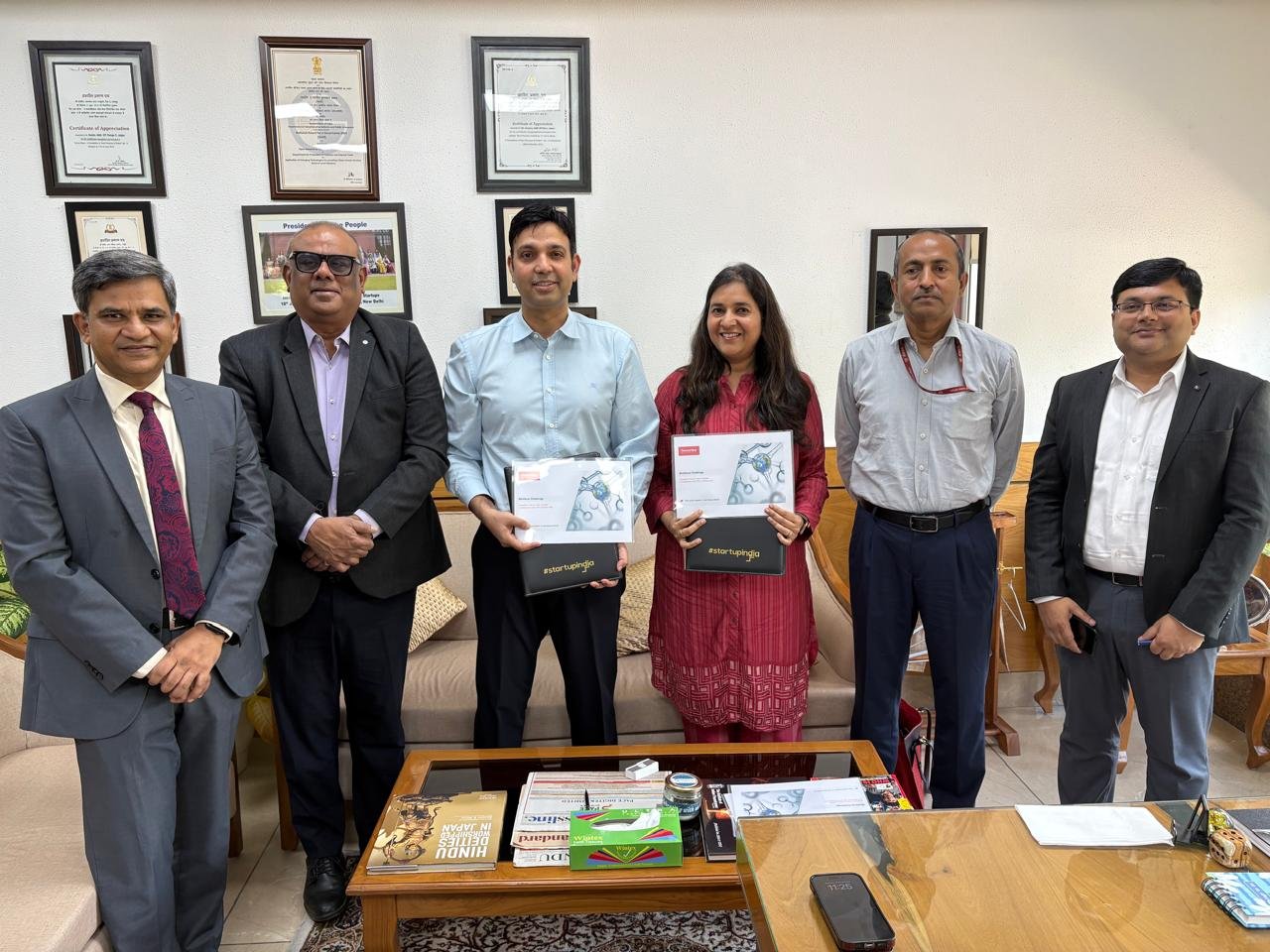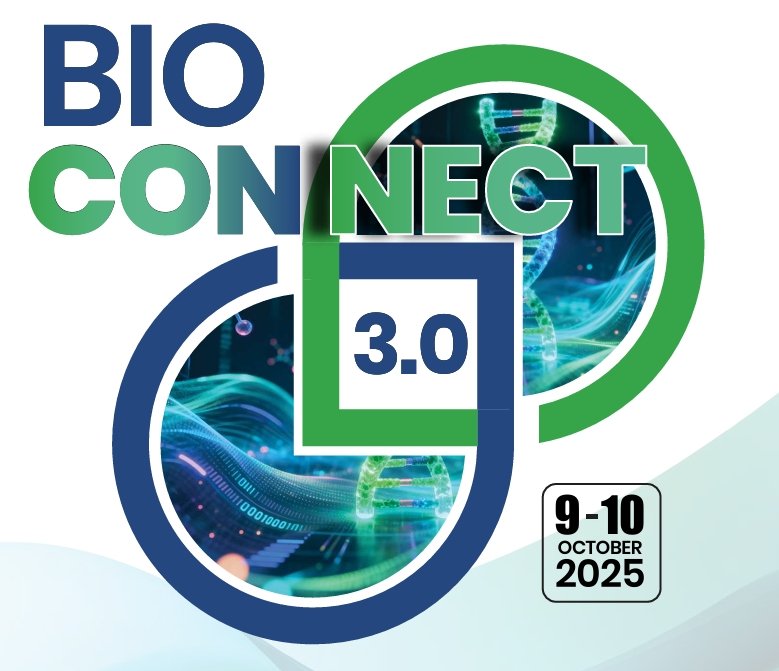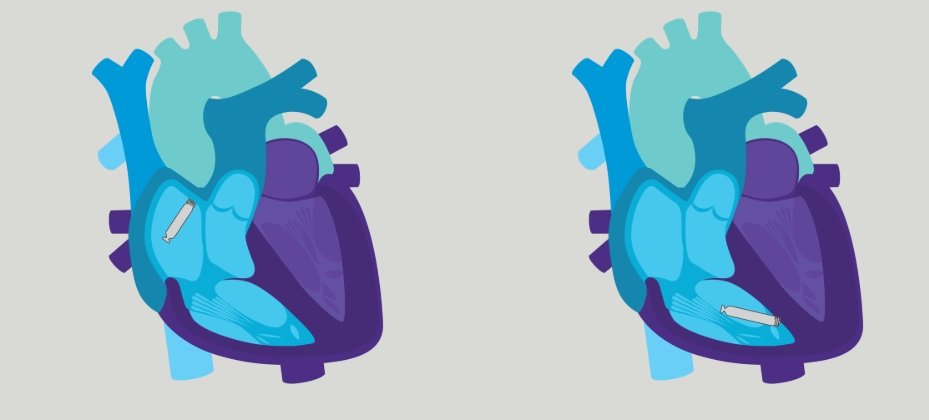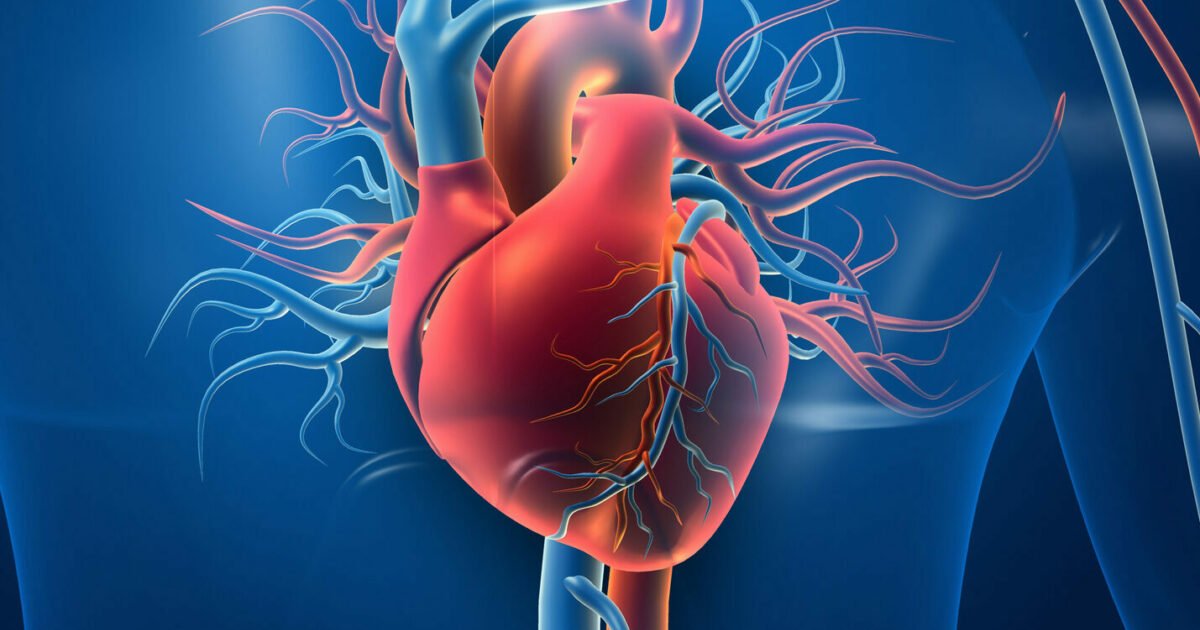Indian gene decoded
May 07, 2008 | Wednesday | News
New Page 1
Indian gene decoded
The largest ever study to understand the genetic diversity of India's
one billion people by a team of top genetic experts has thrown up some
interesting data and concludes that India has one of the most genetically
diverse populations in the world. BioSpectrum analyzes the highlights of the
study, which has been published in the April issue of the prestigious Journal of
Genetics, published by the Bangalore-based Indian Academy of Sciences.
The world's second largest country in terms of population,
teeming with over 1.1 billion people, next only to China's 1.4 billion, was
treated as a genetically homogenous place, and referred simply as the
"Indian" population. A rigorous scientific study has indicated that it
is not so.
"Our study reveals a high degree of genetic
differentiation among Indian ethnic groups and suggests that pooling of
endogamous populations without regard to enthno-linguistic factor will result in
false inferences in association studies," said Dr Samir K Brahmachari, one
of India's leading geneticists who led the study under the aegis of the Indian
Genome Variation Consortium. Dr Brahmachari is also the director-general of the
Council of Scientific and Industrial Research (CSIR), which runs a chain of 38
publicly funded research institutions in India.
The study, conceptualized by Dr Brahmachari and Dr Lalji
Singh, who heads the Center for Cellular and Molecular Biology (CCMB), Hyderabad,
included 32 large populations of sizes above 10 million people and 23 isolated
tribal populations. Together, these groups represented the vast ethnic,
linguistic and geographical diversity of India. Unveiling the findings of a
study titled, "Genetic Landscape of People of India: A Canvas for Disease
Gene Exploration", Kapil Sibal, India's minister for science and
technology and earth sciences, said that the study led by Dr Brahmachari, was
the largest scientific endeavor in the field of biology after green revolution.
"The objective was to create a basal data for disease
profile and not to map genetic diversity. This is the first time anywhere in the
world that a single country has been mapped to this extent", added Dr
Brahmachari.
The Indian Genome Variation Consortium, a CSIR network
project was started independently in 2003 after it was decided that 45 samples
cannot represent the total diversity of India to build the next generation map
of human genome initiated by the International HapMap Consortium.
"India represents a global genetic mosaic in its
population," said Sibal. "The Indian population forms a continuum of
genetic spectrum that not only bridges the Caucasians and Oriental Asians and
also includes indigenous populations derived mostly from Austroasiatic and
Dravidian speaking population." he added. "This means that now
clinical trials to test the efficacy of drugs on all major populations can be
conducted in India itself given such a spectrum. The results will be used to
take up further scientific studies to generate data on the nature and extent of
variations related to a large number of genes and identify genomic regions
related to susceptibility to specific diseases and response to drugs.
The study, largest of its kind done on Indian population,
included 1871 people from diverse groups, with 1,240 men and 631 women.
It has been found that there were no clear geographical
groupings of people in India. However, ethnicity or being tribal or non-tribal
and languages seems to be the major defining factors of genetic affinities
between the populations in the country. This assumption, earlier concluded by
other scientific studies analyzing blood group, serum protein and enzyme loci,
has been validated by the genomic study.
India's vast population has evolved historically with
different evolutionary histories and with multiple cultures. The earliest humans
were estimated to have reached the north-western part of the Indian
sub-continent nearly 70,000 years ago and then moved southward towards Sri Lanka
in the next 20,000 years. There were further migrations into eastern India from
Myanmar some 4,500 to 11,000 years ago.
Broadly Indians belong to four major language-speaking
groups: Austro-Asiatic (AA), Tibeto-Burman (TB), Indo-European (IE) and
Dravidian (DR). Over 80 percent of the practice the distinct Hindu religion and
8 percent of the nation's population comprise ethnic tribals or indigenous
people, spread across the country. Almost all the major regions of the world
such as Islam, Christianity, Buddhism, Jewism, Zoroastrianism are followed by
the people. As a result of the intermingling of people belonging to these
diverse religious, over centuries, several distinct endogamous groups have been
formed. In fact, studies conclude that Indian population now consists of 4693
communities with several thousands of endogamous groups, 325 functioning
languages and 25 scripts.
Another factor leading to the genetic diversity is the caste
(socio-cultural) system followed by the Hindus, which sub-divides them into four
distinct communities which initially evolved on the basis of occupations.
Scientists have concluded that linguistic, geographical, socio-cultural
distinctions have prevented free gene flow between the populations and led the
formation of thousands of endogamous groups in India.
The four major morphological types -Caucasoid, Mongoloid,
Australoid and Negrito, are present in the Indian population. The Caucasoid and
Mongoloid populations are mainly concentrated in the north and northeastern
parts of the country. The Australoids are mostly confined to the central,
western and southern India, while the Negritos are restricted only to the
Andaman Islands
The Austro-Asiatic speakers are exclusively tribals and are
dispersed mostly in the central and eastern parts of the country. Molecular
diversity studies have revealed that the Austro-Asiatic speakers are likely to
have been the most ancient inhabitants of India.
The current genome study has revealed that at the pan-India
level, there were significant genetic variations between the tribal and caste
populations. Further, in a geographical region too, tribes and caste people
sub-classified on the basis of languages, exhibited genetic diversity.
For instance, the isolated populations in the Himalayan belt
in the North India, were genetically closer to the Chinese and Japanese
populations than the people in the rest of the country. So far, the global
genomic studies had classified Indian populations as part of the Asian group
which mainly included the Chinese and Japanese people. The Indian study has
demonstrated that two major populations segments-those speaking the Dravidian
(DR) and Austro-Asiatic (AA) languages who are mainly the tribals -living in
the central and southern regions were entirely different from the Asian
populations used in the HapMap populations.
|
Look for a person for
my medicine ...
The first dollar for human genome
sequencing came in the 1990s. In fact, this June, it's the 10th year
since the completion of the DNA sequence for the last of the 24 human
chromosomes. More than two human genomes have been sequenced-Craig
Venter and James Watson. A Chinese genome has also been sequenced
recently and the Panda genome sequence will be completed by August.
Besides, almost 1,000 human genomes will be sequenced in the next year.
The pace of the sequence has accelerated but the question is, have we
conquered the cures?
One has been talking of personalized
medicine, but Dr Brahmachari and his team are taking a different
approach-they are talking about finding the right person person for my
medicine. Recognizing India's unique strengths, CBT/IGIB launched two
major initiatives in 1998. Scientists started analyzing genomes and
correlating it with disease-based information available from hospitals.
In the process, they also developed novel computing techniques--bioinformatics
tools--that would help in the analysis of genomes.
On that strength, Prof. Brahmachari
and his team undertook the study of the Indian Genome Variation
Consortium, a CSIR network project started independently in 2003 after
it was decided that 45 samples cannot represent the total diversity of
India to build the next generation map of human genome initiated by the
International HapMap Consortium. "The objective was to create a
basal data for disease profile and not to map genetic diversity. This is
the first time anywhere in the world that a single country has been
mapped to this extent," pointed out
Dr Brahmachari.
The Indian Genome Variation Consortium
(IGVdb) database provides a genetic map of relatedness of 55 contrasting
Indian populations for drug response and risk with respect to
cardiovascular disorder, metabolic syndrome, diabetes, infectious
disorders, high altitude disorders, asthma, and susceptibility to
malaria and tuberculosis. While the information for the infectious
disease will come free, that for all drugs in the market will come at a
price. It is a monumental study on genetic profile of the country's
population and the largest ever by Indian organizations.
The Indian Genome Variation Consortium
is a network of six institutes of the Council of Scientific and
Industrial Research (CSIR), Centre for Genomic Applications, Indian
Statistical Institute and anthropologists from various institutes, which
undertook the study and generated information on over 4,000 genetic
markers from over 1,000 biomedically important and pharmacogenetically
relevant genes in 15,000 individuals encompassing the diversity of
population across the country. Over 100 scientists are presently working
on this project.
Six CSIR institutes which are
associated with the Indian Genome Variation Consortium are Institute of
Genomics and Integrative Biology (IGIB),Dehi, Indian Institute of
Chemical Biology (IICB), Kolkata, Centre for Cellular and Molecular
Biology (CCMB), Hyderabad,Central Drug Research Institute (CDRI),
Lucknow, Industrial Toxicology Research Centre (ITRC),Lucknow and the
Institute of Microbial Technology (IMT), Chandigarh.
This project is claimed to be a major
success over the International HapMap Consortium project initiated in
2002 with a fund of $100 million. The global project, he said, covered
only 45 Chinese, 45 Japanese, 90 Caucasians and 90 Africans. Fully
realizing that 45 samples cannot represent the total diversity of India,
the Indian Genome Variation Consortium was set up to conduct the study
in the country. The results of the first phase of the study –
"Genetic Landscape of the People of India: A Canvas for Disease
Gene Exploration" -- was published in the Journal of Genetics in
April 20, 2008 as other reputed scientific journals were not having
references to review the mammoth task done by the consortium. The Rs
25-crore study was taken up in 2003 and was funded by CSIR, the
Department of Science & Technology (DST) and The Chatterjee Group,
which set up a highly specialized laboratory for this purpose in IGIB. |
Genetic affinities
The study found that genetically Indian populations could be
classified into various clusters. The first cluster primarily comprised of
tribal communities and Dravidians. The second cluster included Tibetan-Burmese
populations irrespective of their geographical regions of habitat. This implies
that these people living in different parts of India were genetically similarly.
Some of the populations living in isolated Himalayan regions also belonged to
this category genetically, though many of them were speakers of Indo-European
language family.
An interesting revelation is that the native populations of
southern India, who spoke four or five distinct languages, formed a separate
cluster together based on their genetic compostion. This essentially means that
the social barriers erected by the caste system has no genetic base as it was
believed to be. Most indigenous people in south India belonged to the same
cluster.
"The HapMap does not capture the entire diversity of the
Indian subcontinent. Thus, it may be difficult to directly use the HapMap data
to design genetic epidemiological studies for the entire population of
India," the authors wrote in their
Journal of Genetics paper.
Another interesting revelation is that the populations in the
southern parts of the country were genetically more prone to infections like the
HIV than their counterparts in the north.
The Aryan invasion theory
Earlier studies had hypothesized that the Dravidian language
speakers (Tamil, Telugu, Kannada and Malayalam), now geographically confined to
the southern parts of the country, were spread across the country before the
arrival of the Indo-European speakers. And the Dravidian speakers, considered to
be the original inhabitants of India, were forced to retreat to only the
southern parts after their interaction with the " invaders". Dr
Brahmachari's study of genetic heterogeneity among the Dravidian speakers
validates the above hypothesis. This hypothesis was also supported by the
mitochondrial DNA analysis done by other researchers.
The study indicates that the Indo-European speakers too
exhibit genetic variations between various groups. However, and surprisingly,
these two groups showed high levels of genetic differentiations between them
despite centuries of inter-mingling. Essentially, the studies indicate that the
north and south Indian populations, who have been culturally very different,
were distinct genetically too. Such conclusions are likely to spark another
round of intense debate within India as the distinctions are further accentuated
by the vastly different economic profiles of the regions.
Practical applications
Citing that the study clearly elucidates the genetic profile
of India, Sibal said, "The study finds the absence of a known genetic
marker against HIV-1 in India, which has enormous implications in terms of
finding what populations are susceptible to what diseases and help us not only
predict the diseases as well as the effectiveness of drugs for these
diseases." The study indicates a strong association between the genetic and
linguistic profiles in India and also significant genetic differences in the
association of disease associated genetic markers.
The study has enormous practical implications. The data is
expected to help in the construction of specific drug response maps to aid
policy level decision making for drug dosage interventions and disease risk
management for complex as well as infectious diseases.
Scientists had tested the response of people to various drug
molecules available in the Indian market. Preliminary results indicate that
people in some parts of the country do not require some of the common
vaccinations because they are genetically-equipped to respond to the infections.
Public health agencies may be able use this data to make right and relevant
purchases of essential vaccines and divert scarce resources to regions which
need them the most.
Pharma companies will also be able to tailor their
distribution and marketing plans and ensure supply of appropriate medicines only
to different regions. The details of the drug response mechanisms will be
available to pharma companies.
For instance the study reveals that Indians are susceptible
to HIV and diabetes. Hence knowing which populations stand the risk of a
particular disease, management of that disease would be easier. "A large
number of projects have been undertaken in the data for predictive marker
discovery and XIth plan aimed at utilizing this basal pharmacogenomics,"
Sibal said. He added, "The project will show the world how we go forward
managing risk and discovering drugs."
Narayanan Suresh in Bangalore and Shalini Gupta in Delhi




